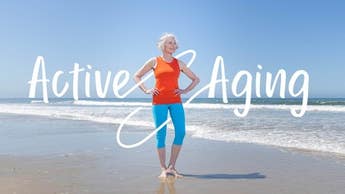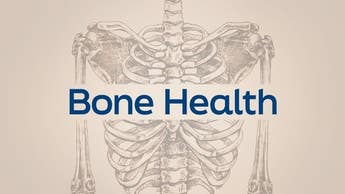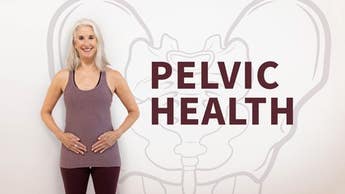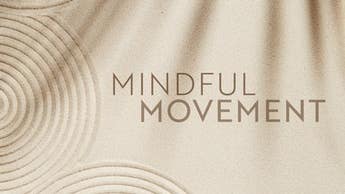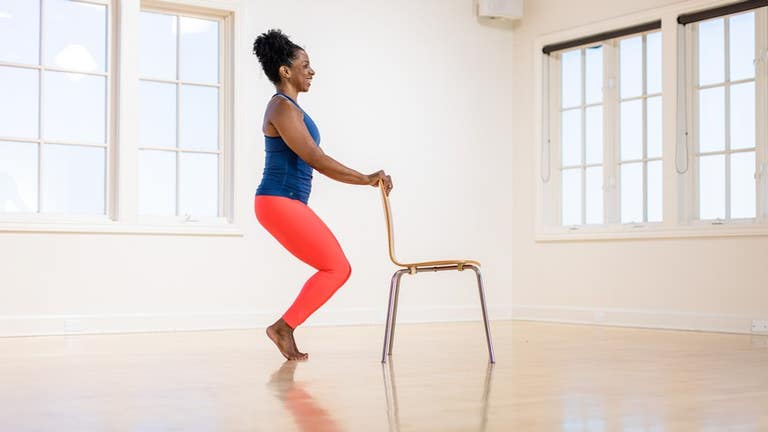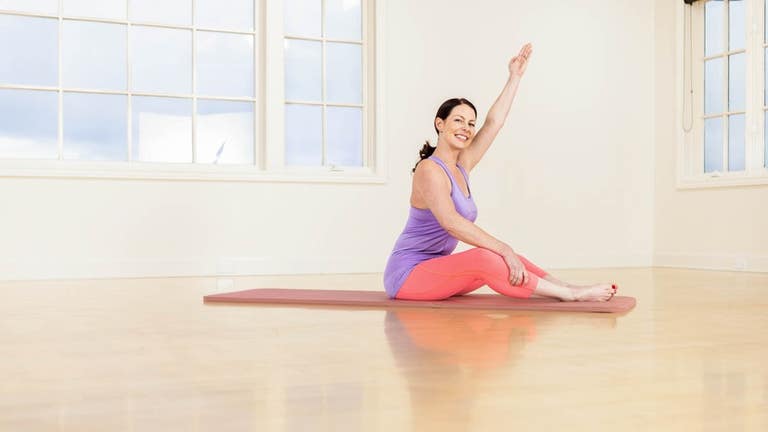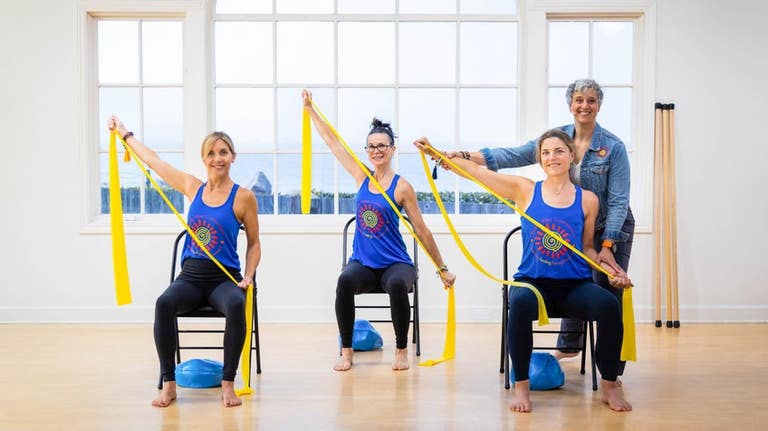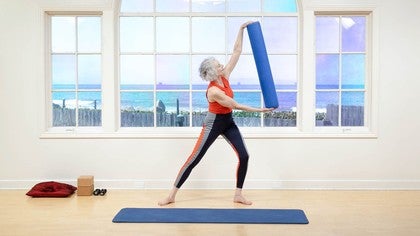Intro to Pilates for Seniors
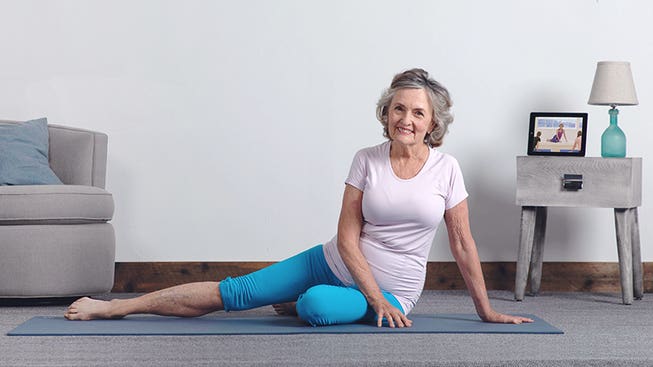
Introduction to Pilates for Seniors
Have you been hearing about the benefits of Pilates lately? You’re not alone! Pilates is growing in popularity among individuals of all ages, body types, and sizes, as more and more people embrace this practice. Pilates is known for building a strong core, but when done consistently and correctly, it’s a comprehensive exercise system that benefits the entire body. If you’re a senior, Pilates is an excellent way to improve mobility, flexibility, strength, and range of motion, among countless other benefits. Even if you are already physically active, incorporating Pilates will allow you to reap the benefits of functional conditioning that Pilates provides. The same exercises that are great for posture, balance, and coordination, can also level up your golf game or help you swim faster in the pool.
Benefits of Pilates for Seniors
Pilates is a highly effective form of exercise that counteracts the natural decline in muscle mass and strength that comes with age. Maintaining or increasing strength as one ages has countless benefits, including improved bone density, increased muscle mass, and improved balance. Together, these factors contribute to an enhanced the quality of life and the ability to continue performing everyday activities that we often overlook or take for granted.
Strength on its own is not sufficient enough to meet the requirements of daily life, which involve twisting, turning, reaching, bending, carrying, and getting up and down. Pilates exercises contain the perfect blend for improving flexibility, due to its connection to breath and deliberate, slow, and controlled movements. Unlike static workouts, Pilates is a dynamic exercise modality, transitioning from one exercise to the next. This fluidity of movement helps develop both larger and smaller muscle groups, resulting in longer and leaner muscles.
Because Pilates improves balance, it is an ideal form of exercise for seniors. Acquiring and maintaining good balance prevents falls, injury, and the loss of independence that often follows. Practicing Pilates two to three times per week improves posture, strength, and body awareness. These benefits will help you live confidently and independently for many years to come.
Pilates is especially beneficial if you are dealing with some of the special conditions that affect seniors. For example, a customized Pilates regime improves muscle and bone strength, helping to prevent loss of bone mass and even reversing the effects of Osteoporosis. Pilates can play a role in breast cancer recovery, too, not only in terms of physiological benefits, but because it can help boost self-esteem, confidence, and an overall sense of well-being. Those with arthritis may find that Pilates can improve joint mobility and ease stiffness.
How to Get Started
You can start by finding a local Pilates studio that offers private sessions or group classes. There are also a number of online resources, like Pilates Anytime, which offers thousands of on-demand classes, including specialized programs for Baby Boomers and seniors. Pilates is an accessible form of exercise, offering a wide range of modifications that cater to your individual needs to help you progress and gain confidence in your practice.
We suggest starting with a fundamental, or “Pre-Pilates”, routine, designed to break down the components of the method into simple elements that recur in Pilates exercises. These movements include rounding or flattening the spine, tipping the tailbone up and down, and firming the seat. Ideally, choose an instructor with experience in teaching special populations, including seniors or those with osteoporosis.
As you would before beginning any exercise program, consult with your doctor prior to starting Pilates. If you feel any pain or discomfort while practicing, stop. Use a modification or limit the range of motion. Finally, if pain, tightness, or swelling persists, call your doctor.
Featured Classes for Seniors
Frequently Asked Questions
What if I can't get up from the floor?
If you have trouble sitting up from a supine position (lying on the back), roll onto your side and use your arms and hands to push yourself up to a seated position, as you would when getting out of bed.
What if I can't sit up straight?
If you feel your lower back rounding despite your best efforts, try bending the knees slightly. Another option is to prop yourself up on a firm pillow, a yoga block, or even a stack of books.
What if lifting my head strains my neck?
If you cannot lift your head off the floor, as in an ab curl or “crunch", use your hands to support the back of your head until your neck and abdominal muscles get stronger. Alternatively, you can place a small towel (such as a hand towel) lengthwise on the Mat under your back, shoulders, and head. Hold the top corners with your fingers to create a hammock shape. Lift the elbows slightly off the floor and keep the head relaxed into the towel. As you gain strength, you can start to relax your grip on the towel.
What if I can't put pressure on my wrists?
If you have delicate wrists, roll up the edge of your Mat to create a small ledge or lift for your palm. You can also invest in a foam wedge designed for just this purpose. In the Plank position (the top of a Push-Up), try using fists instead of the flat part of your hands, or come down to your forearms instead. In side-lying leg work, instead of propping your head on your bottom hand, lie down with your bottom arm outstretched so the head rests on the inner upper arm. This position can also be more comfortable for people with neck injuries.
Featured Blogs
Your Pilates Anytime Membership Benefits
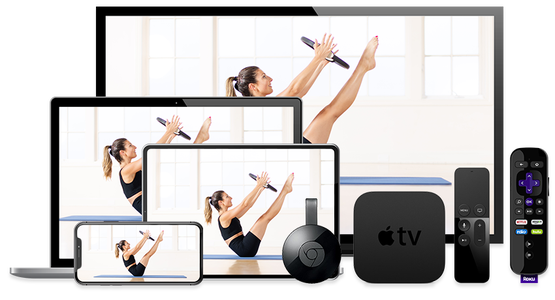
- 15-Day Free Trial
- Unlimited Access to Thousands of Classes
- 95+ Pilates Programs and Challenges
- No Ads
- New Videos Weekly
- Available on All Your Favorite Devices
